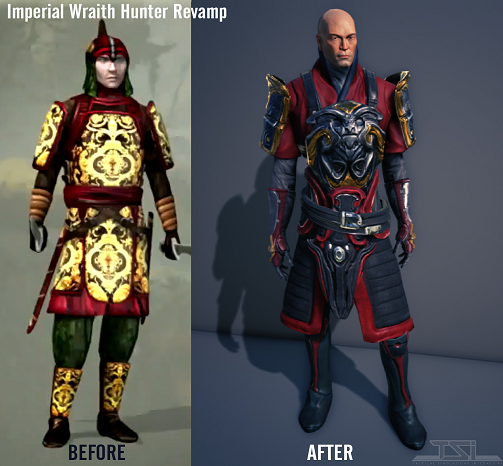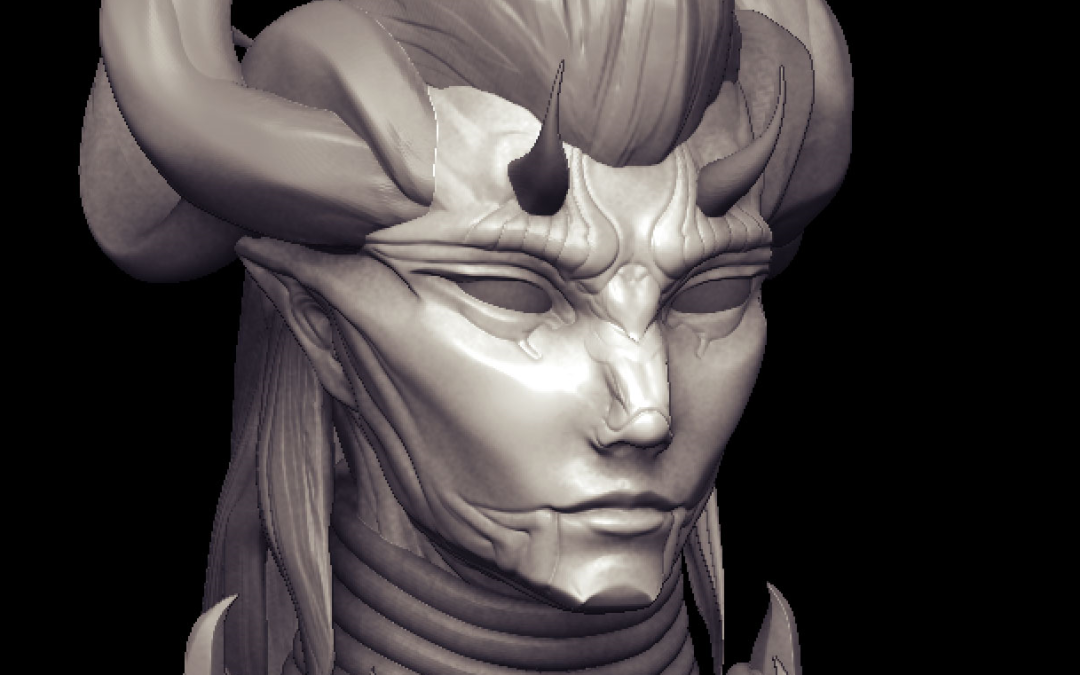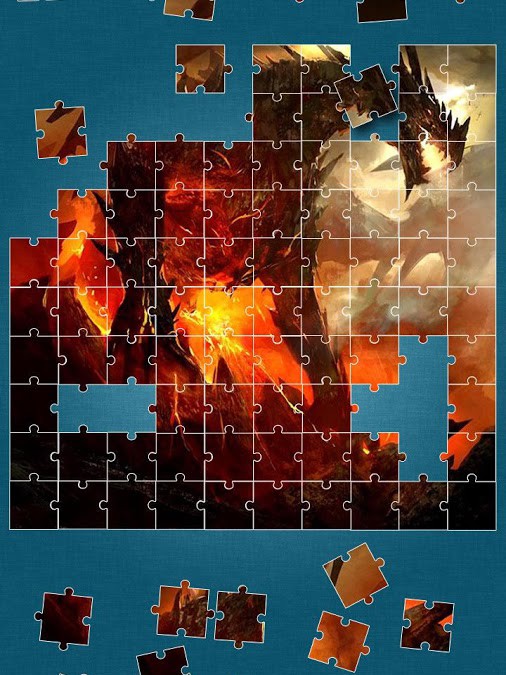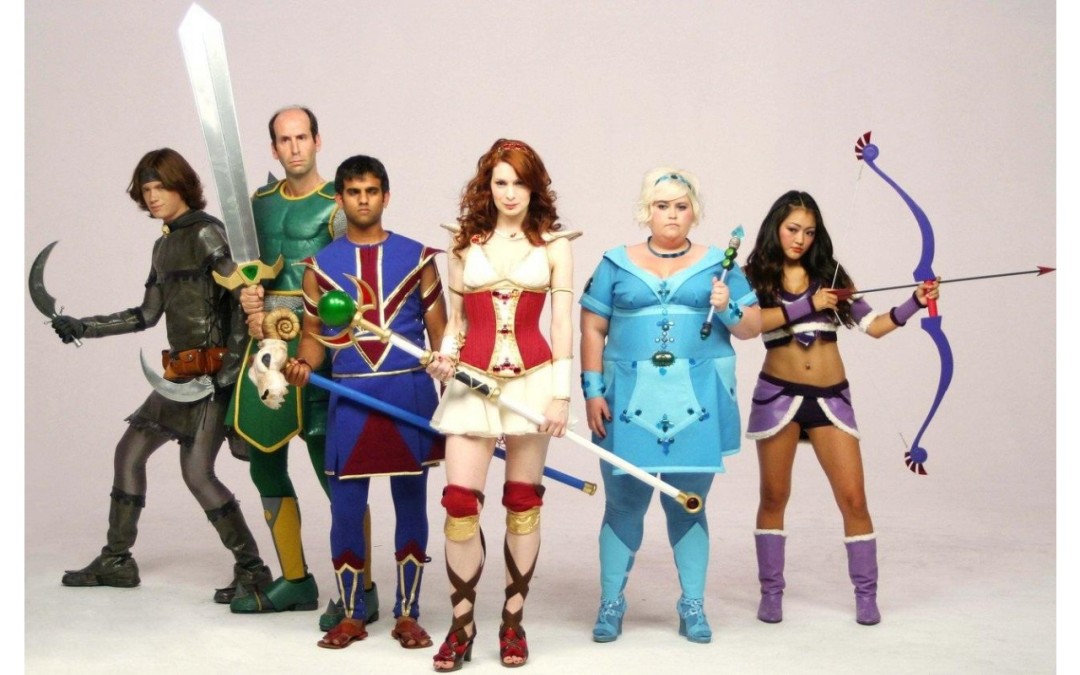
by Design1 | Jun 4, 2015 | Game Development, TSI
Hi there – So things have been pretty quiet here news wise and that’s largely my fault. I joined up with the TSI about a month and a half ago to take over the art direction on Seven Dragon Saga. Since then I’ve read several hundred pages of community comments on the previous iteration of the games visuals along with digesting the exhaustive documentation for the games world and gameplay mechanics so I can feed all of that into our new look which is what we’re ready to talk more about today. But before we get into that I should give a little background on myself. I’m Lee Dotson, I’ve been making art for games for about 18 years now covering almost every genre of game out there including games like Anachronox, Star Trek Online, and Diablo 3 but classic RPG’s are what make me want to create games in the first place so 7DS’s open ended storylines and rich X-Com like tactical gameplay makes this a total dream project for me. Enough about me, here we have a small example of where we’ve been and where we’re going with the style and look of 7DS. The goal here is to push for a look that merges the sense of fantastic realism found in classic fantasy paintings by the likes of Brom or Easely with the rich colors and clear designs from classic dungeon crawlers like Eye of the Beholder so there’s a feast for the eyes when zooming in on characters while keeping everything legible from far away. For me this is particularly key because while...

by Design1 | May 7, 2015 | Game Development
The world of Seven Dragon Saga is populated with a wide variety of beings; humans, humanoids, monsters, dragons and many strange creatures that defy categorization. For instance, the Firewind Coast is noted for its dragonkin. Dragonkin is a broad term that covers any living creature that has some proportion of dragon blood flowing in its veins. Dragons are highly inquisitive beings, driven by brilliant intellect and strong passions. They love to use their shapeshifting powers to mingle and breed with the humans, humanoids and beasts of the Firewind Coast. As a result, they have spawned many a unique and often bizarre breed of creature. Two such monstrous dragonkin are the Drakes and the Wyrms. Drakes are airborne whilst Wyrms are earthbound, yet their individual strengths and weaknesses can vary dramatically depending on the concentration of dragon blood in their veins. Early Draft of Drakyri Feydri, Drakyri and the Dragonspurn The Feydri and the Drakyri are humanoid races that are native to the Firewind Coast. Both claim varying degrees of dragon ancestry, although it tends to manifest more prominently in the Feydri. The Drakyri These resilient dragonkin have dwelt underground since a tragic conflict with their dragon ancestors drove them from the surface, many centuries ago. Seldom growing over five feet in height, they tend towards a light and agile build, a physicality best suited to subterranean living. Their skin is pale and their eyes have grown accustomed to dark conditions. The Drakyri live in small, tight-knit clans ruled by a patriarch. They subsist on a combination of fungus farming, and hunting and fishing in chthonian lakes. Their economy...

by Edwin | Apr 1, 2015 | Game Development
What follows is the Narrative Design method that I aim to apply to Seven Dragon Saga, and every other RPG I work on for that matter. Jigsaw Storytelling In a nutshell, Jigsaw Storytelling involves the baking of lots of little narrative goodies that a player ‘consumes and digests’ in any order. In this way, we whet the players appetite for story without cramming it down their throats in ‘storytelling sessions’…like this. Yes, we’re throwing traditional plot structure out the window. No ‘Hero’s Journeys’ here! What we get in return is a ‘Story Experience’ rather than a ‘Story Telling’. Here’s what I mean in much more detail… The Jigsaw...

by Edwin | Mar 26, 2015 | Game Development
The word ‘story’ can be very misleading when it comes to designing RPGs. It’s often confused with the word ‘Plot’. Plot = “the main events of a play, novel, film, or similar work, devised and presented by the writer as an interrelated sequence.” Plot is basically…this happens, and then this happens because that happened, and now this is happening because those other two things happened, one after the other…and so on! But what’s the ‘story’ when we mess with the sequence like we can do in RPGs. What occurs when you can experience the events in any order you wish? Narrative, that’s what occurs. Narrative = “a spoken or written account of connected events; a story.” Yes, events are connected, but they’re not in sequence. That means the player can experience the events in any order and, through doing so, build their own understanding of the story. They’re not being told a story…a plot. They’re putting the story together for themselves…piece by narrative...

by Edwin | Mar 24, 2015 | Game Development
Extra Credits explains how a ‘swift kick to the head’ with the Boot of Consequence jolts a player into treating the game world as a ‘real’ world and how Permanence reinforces that ‘real world’ environment so that the player starts to behave like a ‘real’ character in that world. And I’ve got one thing to add to that. Design your game world so that it NEVER breaks the ‘fourth wall’! That means that every element of your world has to make sense according to the rules you’ve established for that world. No leaps of logic. No Deus Ex Machina. No ‘because it’s a game’ stuff. No-one should be forced to eat out of a trash can!...
by Design1 | Dec 30, 2014 | Game Development, TSI games
Since we last gave an update, we’ve made design changes to our art style and achieved some terrific progress. Paul Murray is our team’s Systems Designer, focused on the algorithms to make the world balanced and tactical combat challenging. He was the first engineer at SSI in the early 80s and stayed with that company well into the 90s finishing up with the extremely successful Panzer General series. We asked Paul to comment on some recent games, to help give our fans some insight in what he seeks out in play and, by extension, what items he will emphasize in Seven Dragon Saga. His first review is a two-parter on Dragon Age: Inquisition. Paul has already spent numerous hours on the first two games of the series. Here is part 1. Reflections on DAI on the PC Since all reviews are done with a bias, I will tell you a little about the kind of gaming I like. First of all I am not a dextrous player… I am not great at timing defenses and I like a game that provides me a challenge without making me go to extensive effort. Assuming I can trust the AI, I like to run mostly from my character’s perspective, with occasional pauses to give special orders to companions… I have never found an AI that I can really trust. Secondly, I play games that I like to death (and beyond). I am an incurable character tinkerer and will play the first quarter of a game about eight times as much as the rest of a game, trying out this character’s skill combinations...






